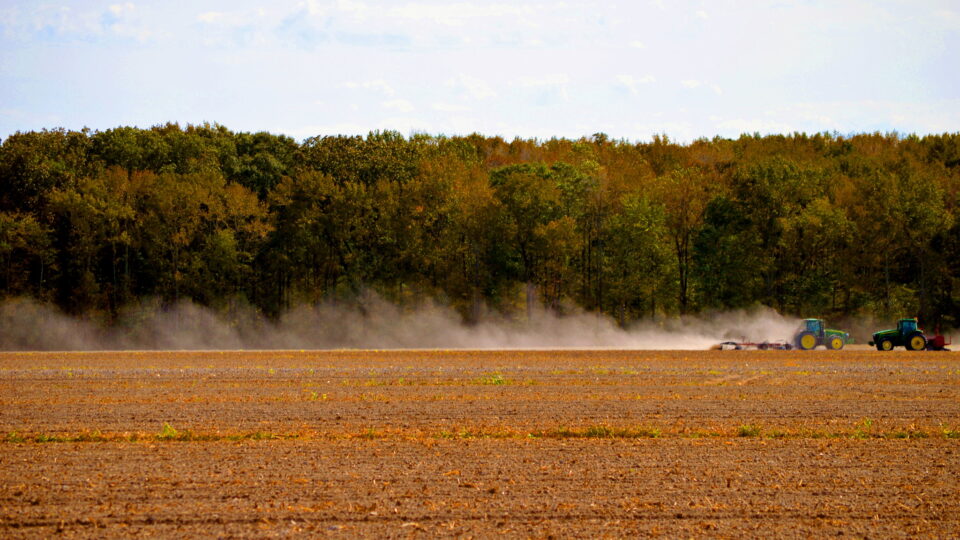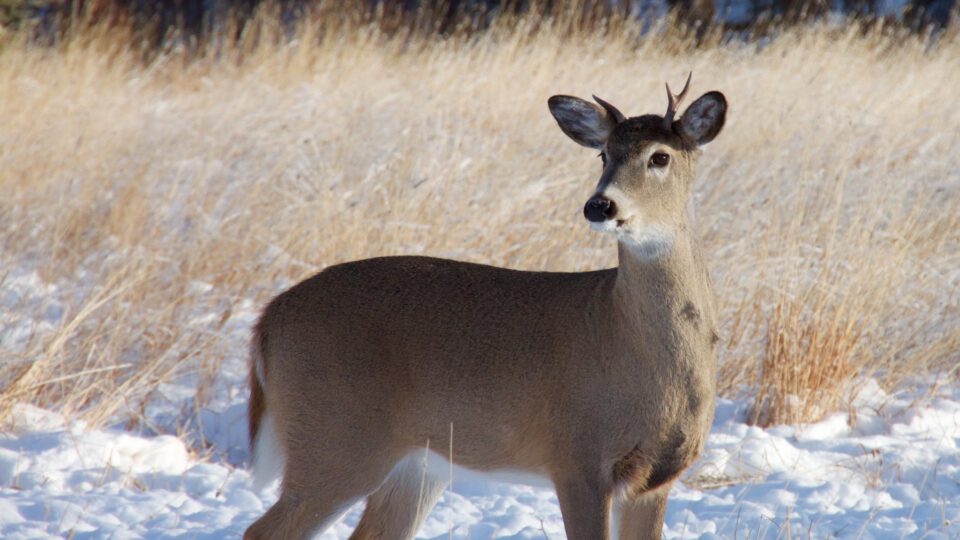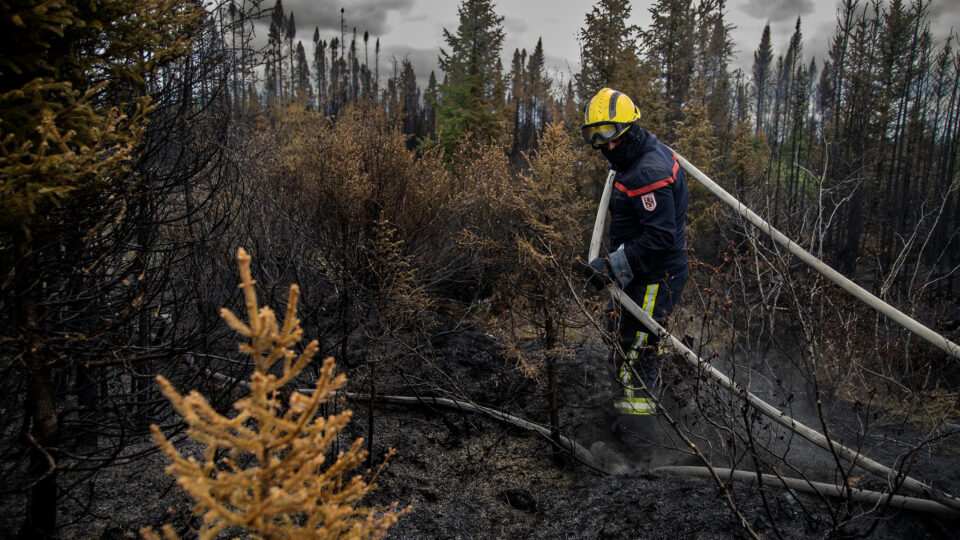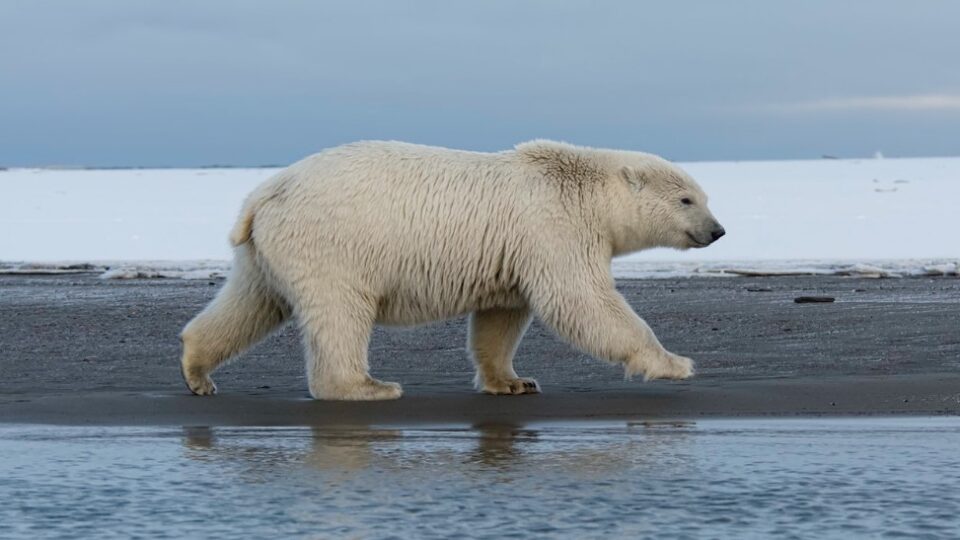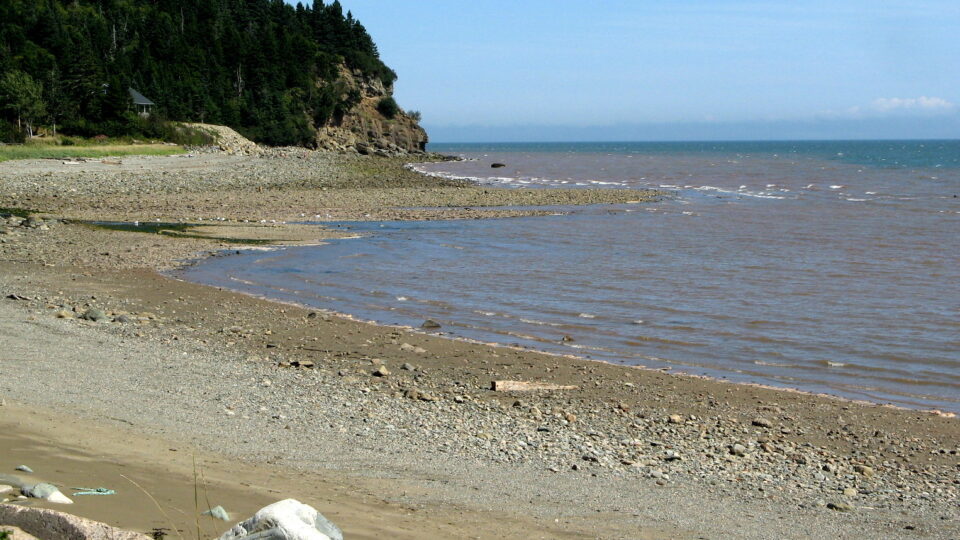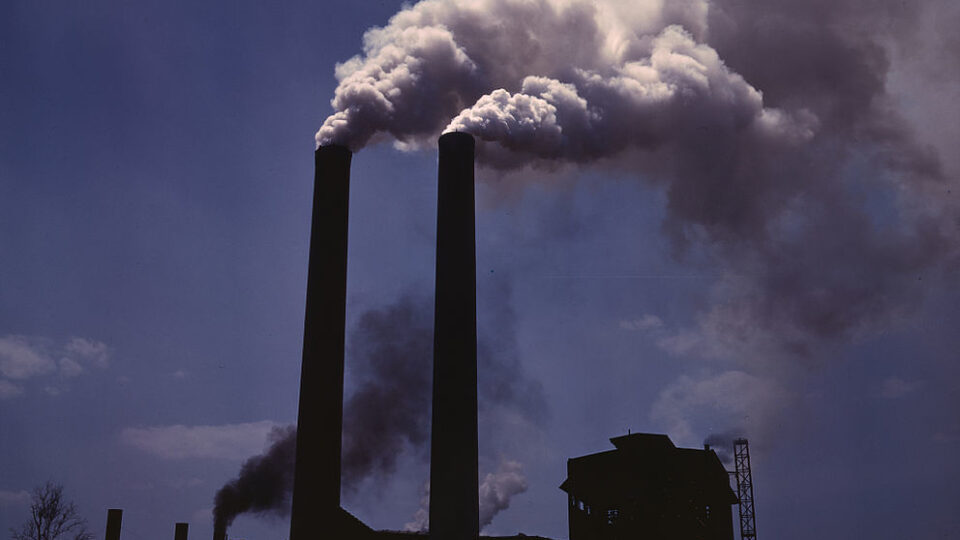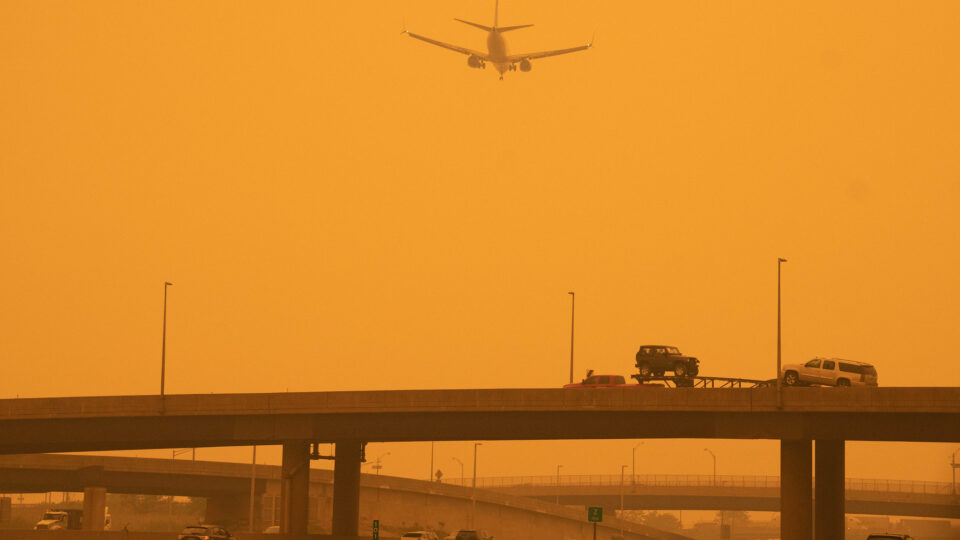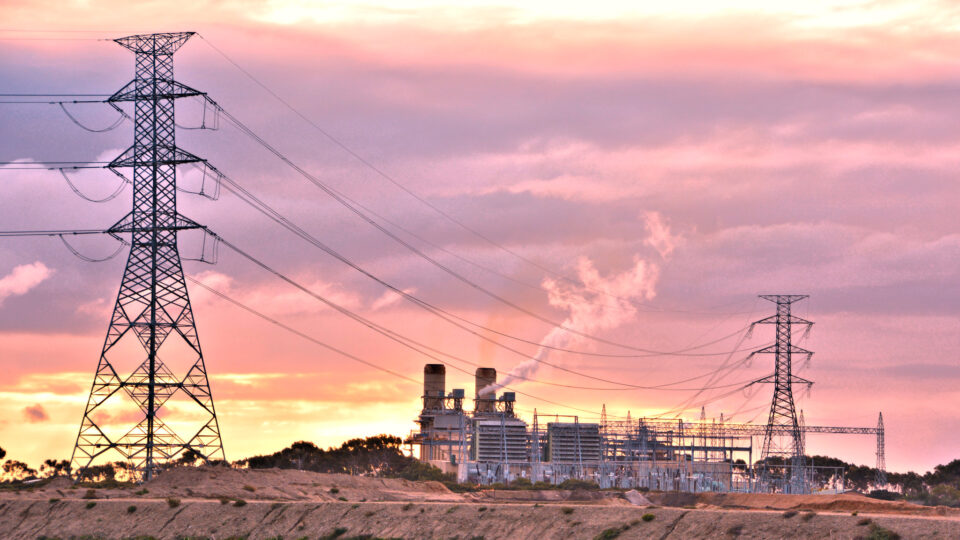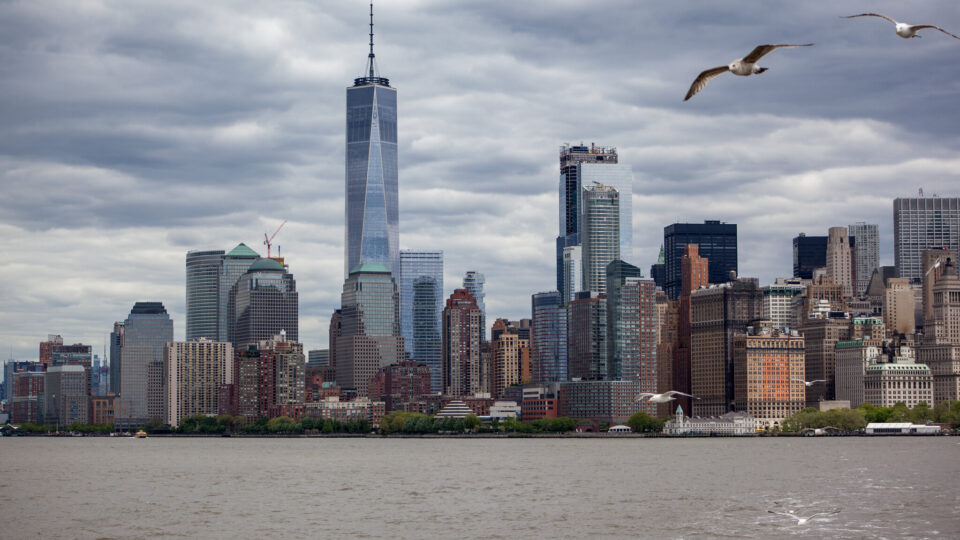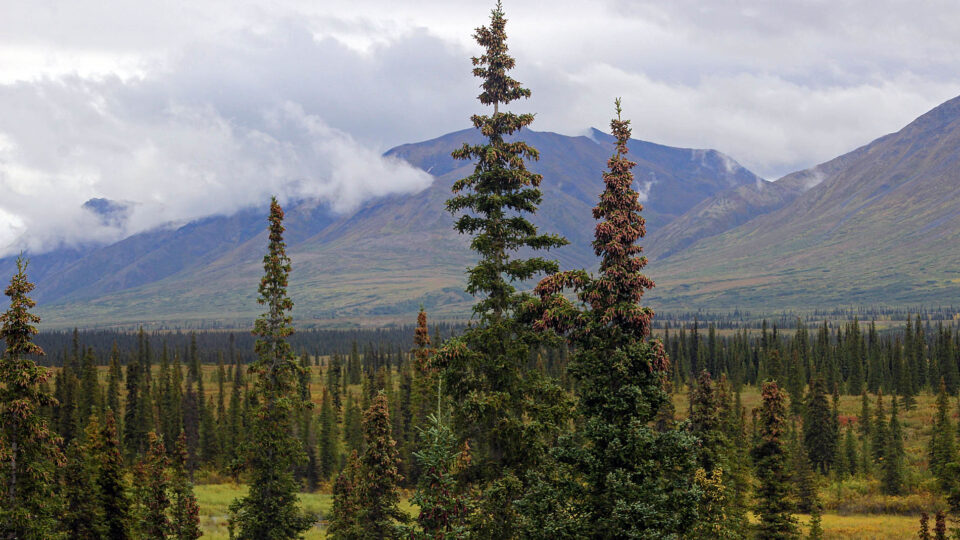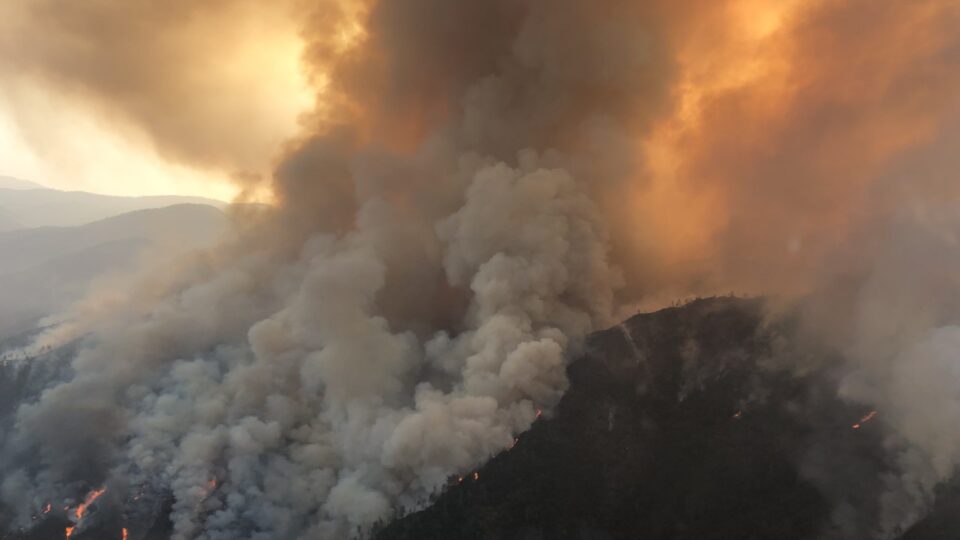The wildfires that burned vast amounts of Canada’s boreal forests in 2023 produced enormous amounts of smoke that found its way into American cities, working its way down the eastern seaboard and even producing unsafe air in Florida.
Researchers at Cal Tech and the Jet Propulsion Laboratory analyzed the carbon emissions associated with these fires last year and found that they were greater than those of all but three countries: China, the US, and India.
Boreal forests have historically been a natural defense against climate change by storing carbon in trees rather than adding carbon dioxide to the atmosphere. The fires in Canada, fueled by hot and dry weather, were extraordinary when compared with historical records. But such fires are likely to be increasingly common as the climate continues to warm.
However, the hot and dry weather that fueled the 2023 fires was exceptional in many ways, involving early snow melt and so-called flash droughts. This year’s fires in Canada are still bigger than average, but so far have not been as destructive as last year’s.
Canada has been warming at about twice the global rate. The extreme temperatures last summer were a major factor in the fueling of the fires, which burned an area almost the size of Florida.
Forests absorb about a quarter of global carbon emissions, but the increasing frequency and intensity of fires are calling into question their ability to continue to do so. Parts of the Canadian forests are not regrowing after fires as they have in the past, partly because blazes burn trees so frequently and intensely.
**********
Web Links
Canada’s Wildfires Were a Top Global Emitter Last Year, Study Says
Photo, posted June 8, 2023, courtesy of the Metropolitan Transportation Authority via Flickr.
Earth Wise is a production of WAMC Northeast Public Radio

